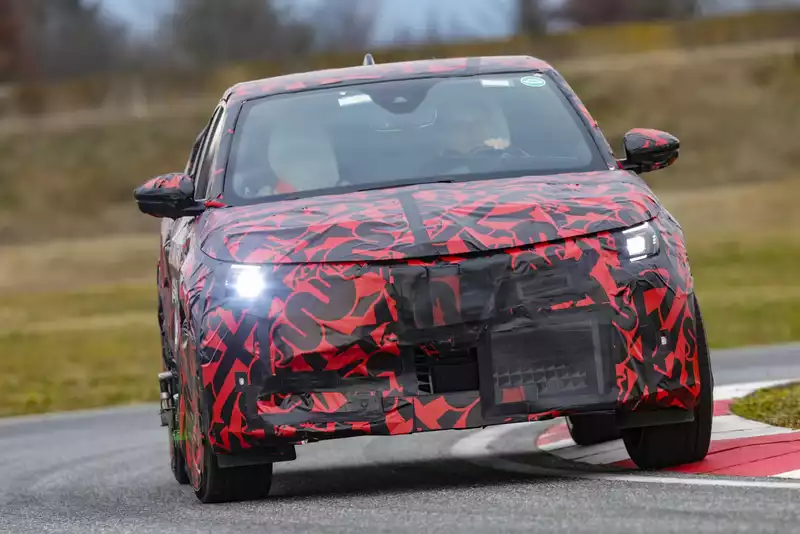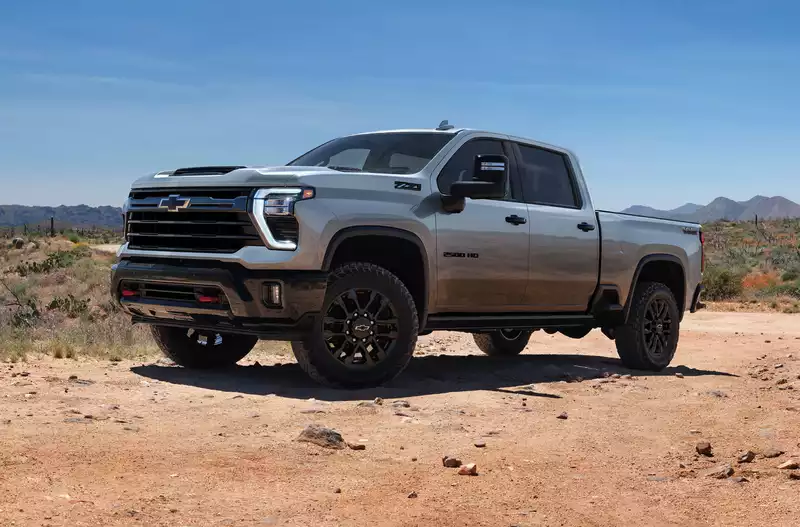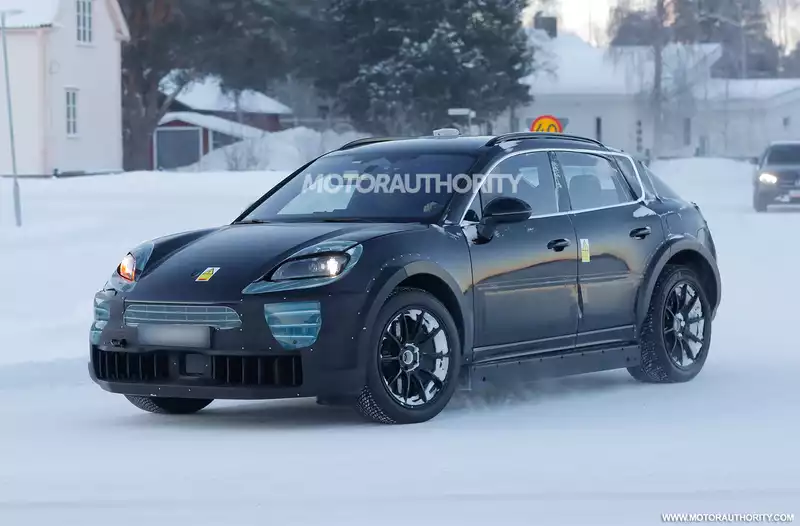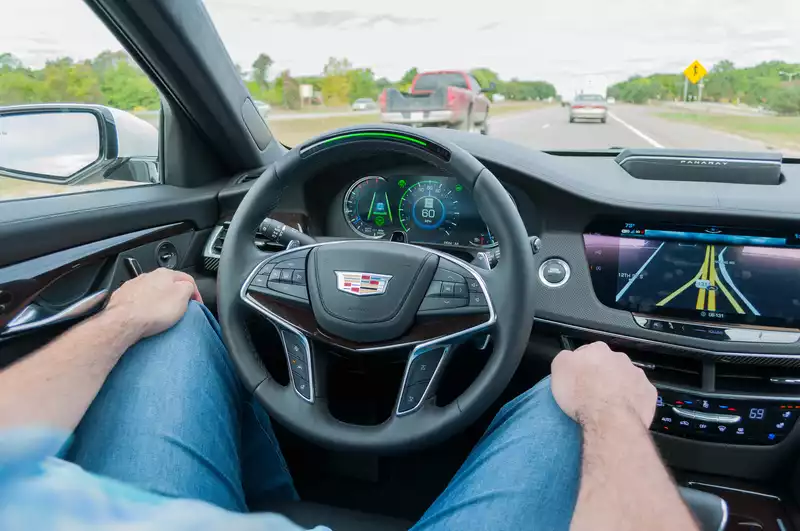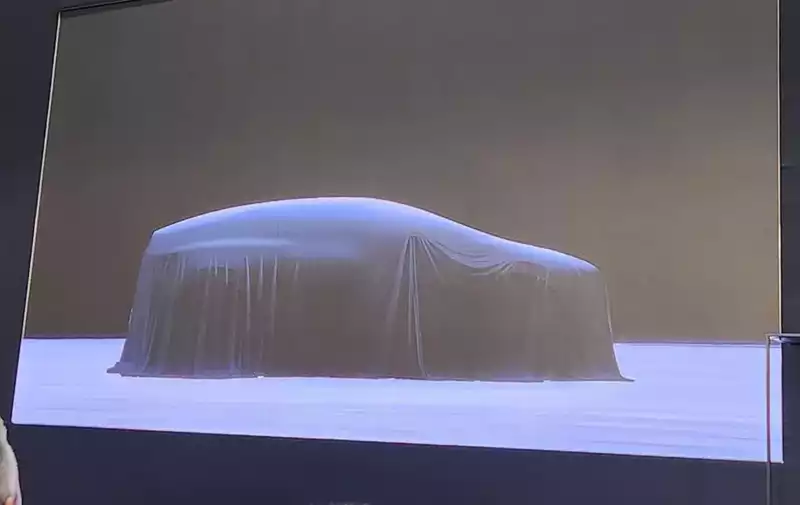Review 2023 Mercedes-Benz Sprinter AWD, Getting its feet wet.
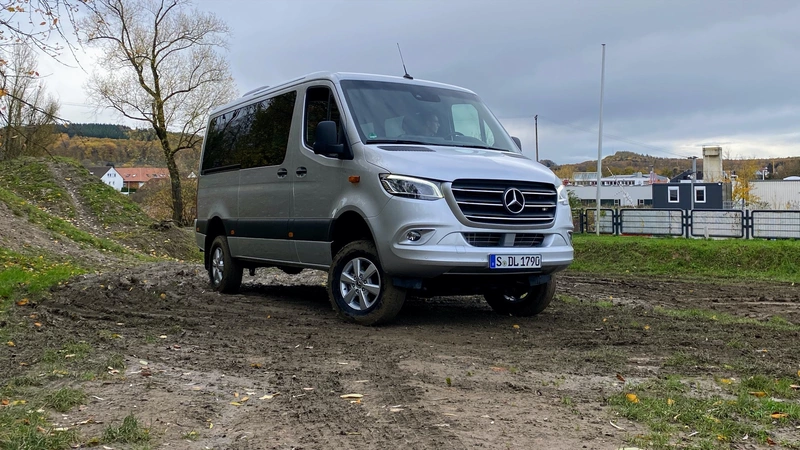
The steep, unpaved driveway was so muddy from recent rains that I felt the ground slide slightly under my tires after I stopped.
At a muddy off-road park near Stuttgart, our guide, in the passenger seat of a large 2023 Mercedes-Benz Sprinter AWD van, instructed us to back up and drive up a small hill.
Without activating any special modes or following any special tactics for accelerating, I accelerated lightly and moderately. The Sprinter, with its Continental VanContact winter tires, did not waste any power on the rear wheels. Instead, he worked gently on the front wheels, which supported almost the entire weight of the big van, providing traction from side to side and pushing the van cleanly up the incline and out of the mud pit.
It was a tense but quick demonstration. There were other times when we drove in the mud, but this was the most impressive of the day. The engineers admitted that it would have ended quite differently in the van they were deployed in.
The star of the maneuver was a new four-wheel drive system that uses a multi-clutch system to continuously vary torque distribution, sending up to 100% to the front, or 100% to the rear, or any combination in between, with the help of brake torque vectoring. Basically transplanted from the Mercedes-Benz GLE and GLS SUVs, it is a major improvement over the previous system, which was a part-time system fixed to a 33% front and 67% rear split.
The standard downhill assist control, which can be turned on if desired, moderates the very low, controllable descent rate even when the road surface becomes slippery. The speed can be somewhat increased or decreased by toggling the cruise control.
Those who want all-wheel drive in the revamped 2023 Mercedes-Benz Sprinter lineup will have to choose a diesel engine, but what's under the hood has also been improved and plays an important role in this new traction and refinement. The new generation 2.0-liter inline-four turbo diesel engine is available with 170 hp and 295 lb-ft of torque or 211 hp and 332 lb-ft, but all-wheel drive is only offered with the higher output engine.
It will be mated to a new 9-speed automatic transmission. The first gear of the automatic transmission is 25% lower than the previous low range, completely eliminating the complexity of the transfer case.
The engine is the same OM654 engine used throughout the Mercedes-Benz passenger car and SUV lineup in Europe. According to Mercedes, it is a "higher-performance engine" than its turbodiesel predecessor, the inline 6-cylinder engine. It also claims that the new engine and transmission will result in more brisk performance,
including improved efficiency, reduced noise levels, lower emissions, and quicker launches.
That is exactly what I experienced during my brief on-road drive. It is quiet and smooth, although I did not experience the increased noise or roughness that can occur during a cold start. It also works well with the transmission, which delivers superbly damped upshifts and quick downshifts, as if borrowed from a luxury SUV. [Electric power steering also replaces hydraulic boost steering in 2023, with a light and precise feel that makes it easier to place the van in tight city streets and roundabouts.
However, the van is not a luxury SUV that you would drive most of the way to your daily commute or soccer practice. Mercedes-Benz has a lot riding on the Sprinter van. It has been chosen by delivery drivers, serves as a rugged outfitter for plumbers and electricians, and has been useful to ski resorts, rafting companies, and outdoor enthusiasts. Four-wheel drive has been available for the Sprinter since 2015, making it one of the top new car models in the overlanding boom from the start.
Back to the slippery slope story. The way the modified Sprinter AWD scrambles for traction reminds me more of a dual-motor electric vehicle than any other all-wheel-drive van I've driven. There is a subtlety that these truck platforms rarely display.
Mercedes engineers inherited the system from the SUV, but vastly expanded the controls to accommodate the van's various loads (and upfits), upsized tires, lifts, and all the rest an overlanding user might throw at it map developed.
I couldn't help but wonder if this traction expertise will be shared with the upcoming electric Sprinters as the brand shifts to a full electric vehicle lineup by 2030. So far, this question remains unanswered, but there are definitely hints. Mercedes has already announced that the new eSprinter will be manufactured in South Carolina starting in 2023 and will use a modular Electric Versatility Platform with electric motors on the rear wheels. The company is optimistic that the all-wheel drive e-Sprinter will remain an option for the Van.EA, a dedicated EV platform for light commercial vehicles. It is unlikely that Mercedes will abandon such capability in its shift to electric vehicles. [The starting price for the U.S.-spec Sprinter is $47,000 in cargo van form and $52,610 in passenger van form, both of which require a $12,500 upgrade to be equipped with a diesel engine and all-wheel drive. For those considering building their dream overlanding rig, they are just at the start of an upfit with better footing for the future.
--Mercedes paid for our transportation and lodging so we could get our shoes muddy and learn something about future sprinters
.